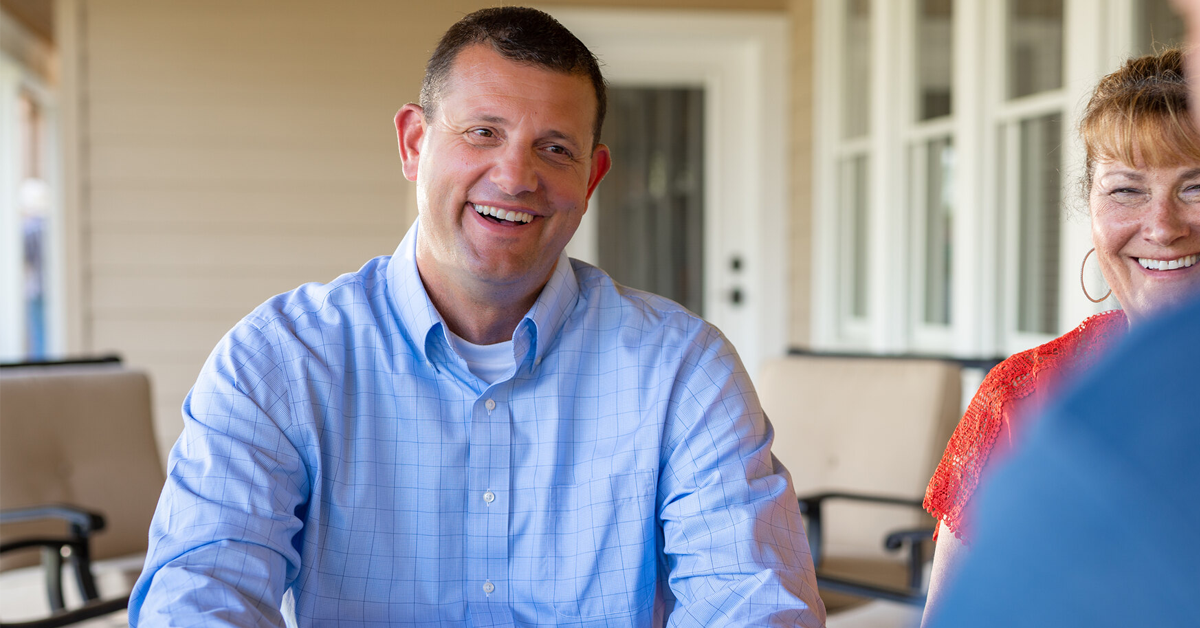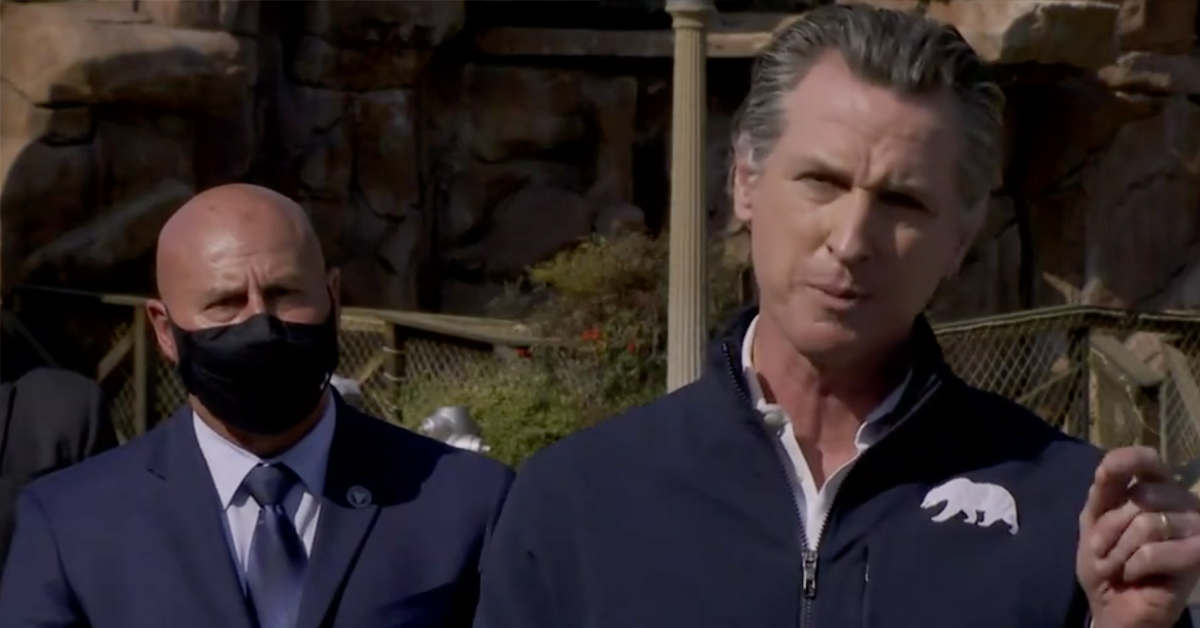The historic area east of Roeding Park will soon get a gift from the High-Speed Rail Authority – a wall guaranteed to sunder at least part of the neighborhood.
The wall is actually part of an overpass that the Rail Authority must build as the bullet train project makes its way through Fresno. We’ll call it the Belmont Overpass.
The city’s Historic Preservation Commission on Monday discussed the proposed Belmont Overpass for nearly an hour with a bullet train official. The commissioners were not pleased with what they heard.
The commissioners and bullet train officials are headed for another meeting on this issue.
Most of you no doubt have traveled Belmont Avenue on your way to Roeding Park. You’re heading west. You pass Palm Avenue. There’s a convenience store on your right and Producers Dairy on your left. La Tapatia Tortilleria is a bit west of Producers.
Then you hit another of those crazy pieces of Fresno where all sorts of transportation modes collide.
To your right is Farris Avenue, heading due north into a quiet residential neighborhood. A little further on your right is Weber Avenue, which is curving to the left before it straightens out and heads due north.
On your left is Weber, which a couple of hundred yards back had been H Street.
Ahead of you are the Union Pacific railroad tracks. And just beyond the tracks is yet another piece of Weber, this one enabling motorists traveling from the north to get onto H and into Downtown.
Now, don’t forget – you’re on Belmont, heading west toward Roeding Park. Fortunately for you, your decision-making at this point is a snap. The Belmont Underpass takes you beneath the Union Pacific tracks and that funky slice of Weber heading toward H. (There are two bridges here, one for the railroad, one for motorists.)
Sure, once you emerge from the Belmont Underpass, you hit the Belmont Circle that can lead to any number of streets. But at least Roeding Park is within sight.
The bullet train will add one more piece of transportation infrastructure to this jumble at Belmont. The train’s route at this point will run parallel to the Union Pacific tracks and Weber.
The Rail Authority’s plan: Get rid of the Belmont Underpass and build the Belmont Overpass, a bridge that spans Weber, the Union Pacific tracks and the bullet train tracks.
That means two things.
First, the Belmont Underpass is toast. The underpass is old and of a unique design. The railroad and Weber bridges are old and of a unique design. Overseeing the funeral for this piece of Fresno history is part of the Historic Preservation Commission’s mission.
Second, the Belmont Overpass that will replace the Belmont Underpass has to be immense. After all, it has to span Weber, the Union Pacific tracks and the bullet train tracks. And the approach on both sides of the span can’t be too steep – people will be walking on the span and bicyclists will be riding over it. Gradual approaches require a lot of room.
Here, too, the commission’s authority is in play. The Belmont Overpass approach on the west side, the Roeding Park side, won’t impact anything of significance. The approach on the east side most definitely will impact one of Fresno’s older areas.
But how? And to what degree? That’s what the seven commissioners wrestled with on Monday. Adding to their frustration was the presentation by the Rail Authority official, Robert Ramirez.
Ramirez surely set a record among bullet train presentations for the most “I don’t know” responses to what can only be described as basic questions.
For starters, the commissioners hoped for some type of visual representation of the new overpass. There was none. But Dan Zack, the planning department’s assistant director, hustled to his City Hall office, grabbed his laptop, and returned. Zack had a couple of artist’s renderings of the overpass. He showed them on a wall screen.
Bottom line: The distinctive arches of the current Belmont Underpass will not be found on the new Belmont Overpass.
The commissioners and Ramirez discussed security measures on the overpass. No one wants stuff to accidentally fall on the train tracks. More importantly, the Rail Authority doesn’t want someone purposely throwing something in the path of a bullet train.
Meeting that goal means an immense fence along both sides of the overpass where it crosses the train tracks and Weber.
Zack said Public Works and Rail Authority folks are talking about a common design for the security fences so every bullet train overpass throughout Fresno has the same look.
“We’re trying to get the best look possible, not just here but everywhere,” Zack said.
One of Zack’s artist’s renderings showed the overpass from the Roeding Park side, looking east toward Producers Dairy and the residential neighborhood. This was the rendering that most caught the commissioners’ attention.
The commissioners wondered if there would be neighborhood sidewalks enabling pedestrians to get around the overpass approach. Ramirez didn’t know.
The long approach to the overpass on the east side means creating what in essence is a hill with a modest slope. This is the source of the wall – a retaining wall, as it was described at the meeting – I mentioned in the beginning of my blog.
The commissioners wondered how far this approach with its retaining wall on both sides would extend into the neighborhood. Ramirez didn’t know. But it was clear from the artist’s rendering that the overpass approach would extend much farther than the tiny approach we currently have with the Belmont Underpass.
The overpass approach “is going to be very undesirable” to the neighborhood, Chairman Patrick Boyd said. “And if it’s undesirable, it’s going to get tagged.”
A brief but fruitless discussion with Ramirez ensued about ways to reduce the graffiti problem.
No one knew whether the bullet train at Belmont would be at grade or below grade. The artist’s rendering seem to indicate that the bullet train would be below grade, with some type of protective covering over the tracks for an added security measure. But all that was pure guesswork.
The more the commissioners looked at the artist’s rendering, the more they pondered the effect of this huge structure – the Belmont Overpass – on the neighborhood.
“You’re going to take a marginal neighborhood and not give it a chance to be better than what it is now,” Commissioner Paul Halajian said. “How can this be something that helps the neighborhood rather than divides the neighborhood?”
A big source of the commission’s confusion was the artist’s rendering itself. It turns out the Rail Authority has only a vague sense of what the new Belmont Overpass will look like or its impact on the neighborhood and the street system. The artist’s rendering was just a stab in the dark.
I thought to myself: If the bullet train designers are flying blind, that means City Hall officials, who have responsibility for land-use policy in our city, have no clue as well.
The residents and business of owners in area have no idea “how this massive structure fits into the community,” Boyd said.
By this time everyone in the room knew two things. The commissioners were not happy. The discussion had to end in a way for everyone to save face.
We all know what that means in government – another discussion was scheduled. Ramirez said he’d arrange a teleconference meeting between the commissioners and top bullet train officials.
Time is short. Ramirez said demolition of the Belmont underpass is slated for late 2017. Construction is to begin in 2018. What are the precise dates? Ramirez didn’t know.
It’s the commission’s job to give a thumb’s up or thumb’s down on the Belmont Overpass design from a historic preservation perspective. The decision is strictly advisory.
The commissioners on Monday weren’t convinced that their opinion carries the slightest bit of weight with the Rail Authority.
Chairman Boyd said he’s happy to see the bullet train come to the region.
“What I don’t want is (Fresno) to be the guinea pig,” Boyd said.
Too late for that.
Photo: The Fresno Bee









